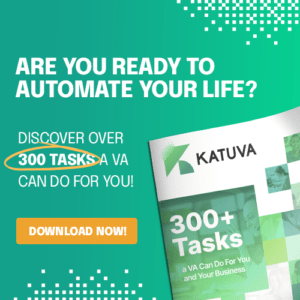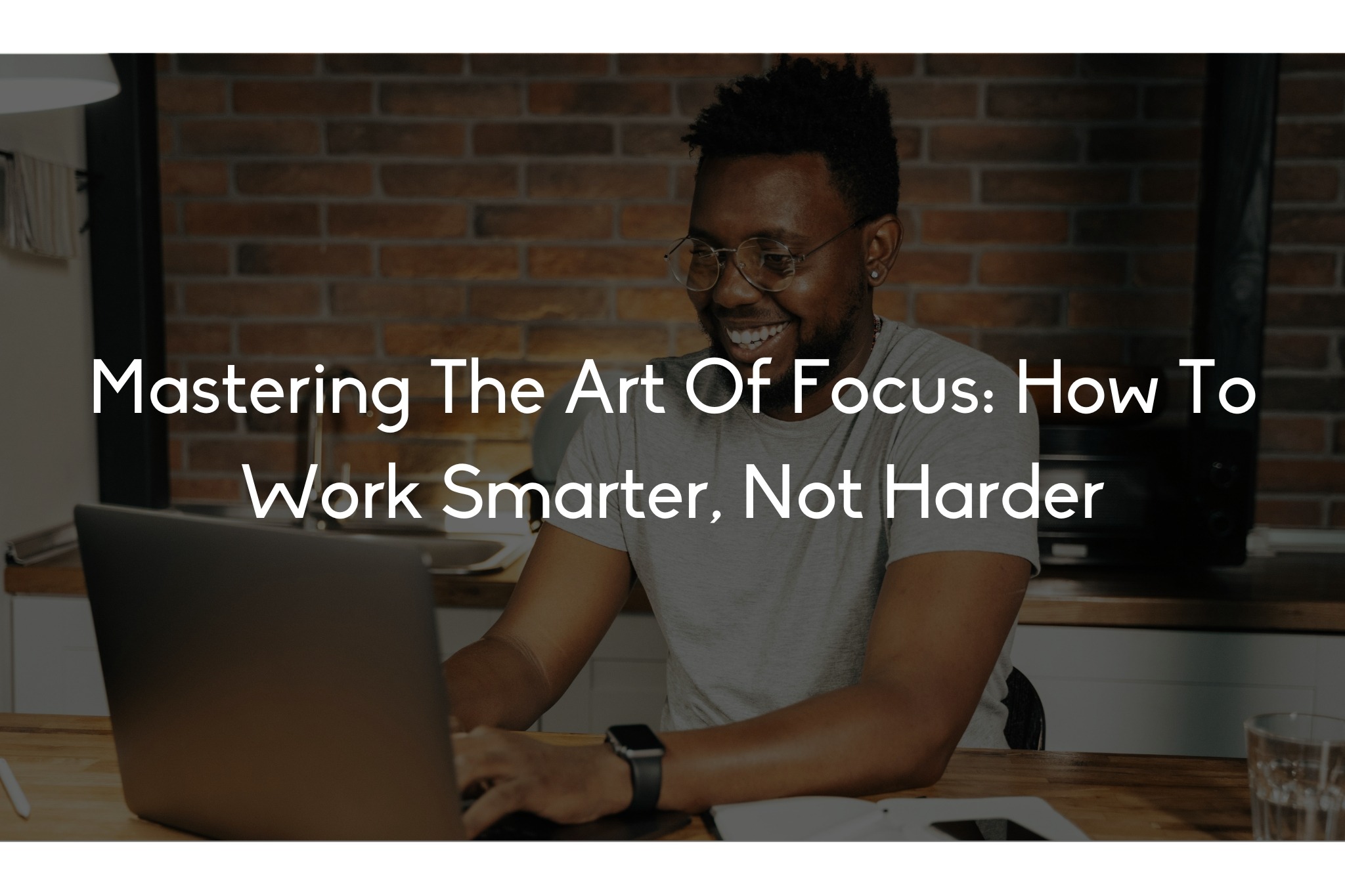
Imagine building a business where your best clients bring you your next best clients — without any expensive ad spend or high-pressure sales tactics. That’s the power of a well-oiled referral-based business model. And with skilled Virtual Assistants (VAs) from the Philippines handling the engine room, it becomes not only possible but scalable.
In this article, we’ll show you exactly how to structure a referral-based model with VAs at the center — from building the system to executing consistently. If your business thrives on trust, relationships, and word-of-mouth, this framework can reduce your acquisition costs and multiply your reach without overwhelming your team.
We’ll break down the steps you need to take, the roles VAs can play, and how to create a repeatable process that drives predictable referrals, every month.
Referrals are powerful because they carry built-in trust. When a happy client shares your name, they’re lending their credibility to your offer — a shortcut to closing deals faster.
But most businesses fail to systemize referrals. They wait for them to happen organically, and that’s the mistake. Word-of-mouth can be unpredictable without a process and people behind it.
That’s where your VAs come in.
There are five building blocks to a strong referral-based business model. Each can be powered by one or more Virtual Assistants:
Before asking clients to refer you, your offer needs to be clean and your client outcomes crystal clear. Why? Because unclear services don’t get recommended — confidence drives referrals.
Your VAs can help tighten your messaging. Have them interview top clients, summarize success stories, and pull out language your customers use to describe your impact.
Referrals shouldn’t be a one-off request — they should be baked into your process. At Katuva, we recommend adding referral touchpoints at key emotional highs during the client journey:
Your VA can manage and trigger these check-ins. Set up reminders, email scripts, and follow-up sequences so nothing slips through.
What gets measured gets repeated. Your VA should keep a simple referral tracker — who referred, who was referred, and the status of each. Over time, patterns will emerge, and you’ll know who your biggest advocates are.
Add incentives, too. Clients don’t always refer for money — sometimes it’s about recognition. Consider these:
Let your VA manage the referral program logistics so your energy goes toward building relationships, not spreadsheets.
VAs are not just admin support — they’re your frontline advocates. Train them to:
A trained VA can reach out to clients monthly, gently checking in, asking for feedback, and surfacing referral opportunities without being pushy.
Beyond current clients, VAs can build and maintain relationships with partners — business coaches, consultants, marketing agencies — anyone who shares your audience but doesn’t compete with you.
Have a VA:
Referrals don’t always have to come from clients. VAs can unlock entirely new referral pipelines if pointed in the right direction.
 Inside Katuva: Our Referral System in Action
Inside Katuva: Our Referral System in ActionAt Katuva, referrals aren’t a side channel — they’re central to our growth strategy. We’ve structured our operations so that referrals are:
Our SOPs cover referral system touchpoints, Dream 100 partner outreach, affiliate tracking, and VA involvement at every level.
We’ve found that when a VA runs the process, things don’t get forgotten — and that consistency turns happy clients into your best salespeople.
Let’s break down specific tasks your VAs can own:
Use onboarding to set expectations early. Have your VA mention the referral program in welcome emails or kickoff calls. When clients know from the beginning that referrals are part of your ecosystem, they’re more likely to participate.
Your VA can maintain a structured follow-up process:
These are prime moments to capture testimonials and ask for referrals. Train your VA to spot “this is going really well” comments — those are green lights.
If you want to build a pipeline, treat referrals like leads. Your VA can:
With the right templates and tools, one VA can run this whole process.
Strategic partners need nurturing. VAs can:
Think of your VA as your partner success manager.
Here’s what you gain when your VA runs your referral engine:
At Katuva, we’ve seen businesses double their VA teams — not through cold outreach — but because one happy client brought three others. And when that process is owned by a VA, it doesn’t eat up your time or bandwidth.
To keep your model strong:
Your VA can manage these as seasonal projects, giving your referral system an ongoing pulse.
A referral-based model isn’t magic. It’s structure, timing, and trust — all things your VAs can help you build and maintain.
Start small. Assign one VA to manage client check-ins, another to handle partner outreach. Test scripts, refine your offer, and keep learning from what works.
If you’re already seeing referrals trickle in, imagine what happens when you systematize it. That’s where your next wave of growth can come from.
Want help building your referral engine? Katuva’s Empower+ and VA Ignite programs are designed to train your VAs in exactly these kinds of growth-driving tasks. Let us match you with someone who can take this off your plate — and turn referrals into a revenue stream you can rely on.


